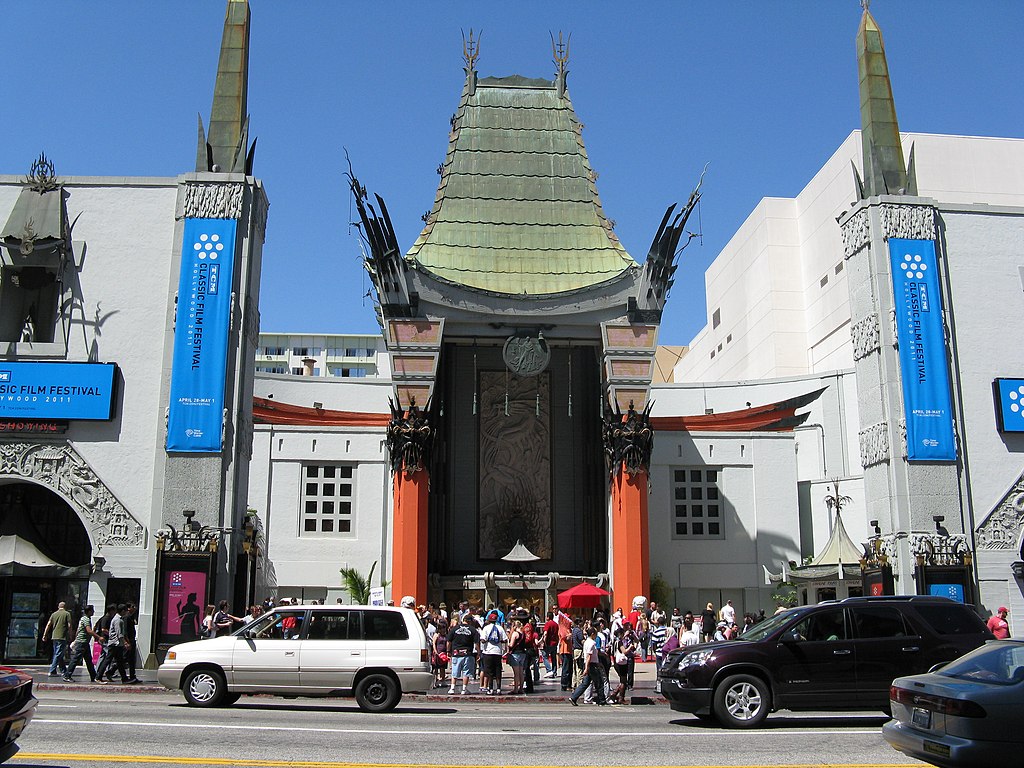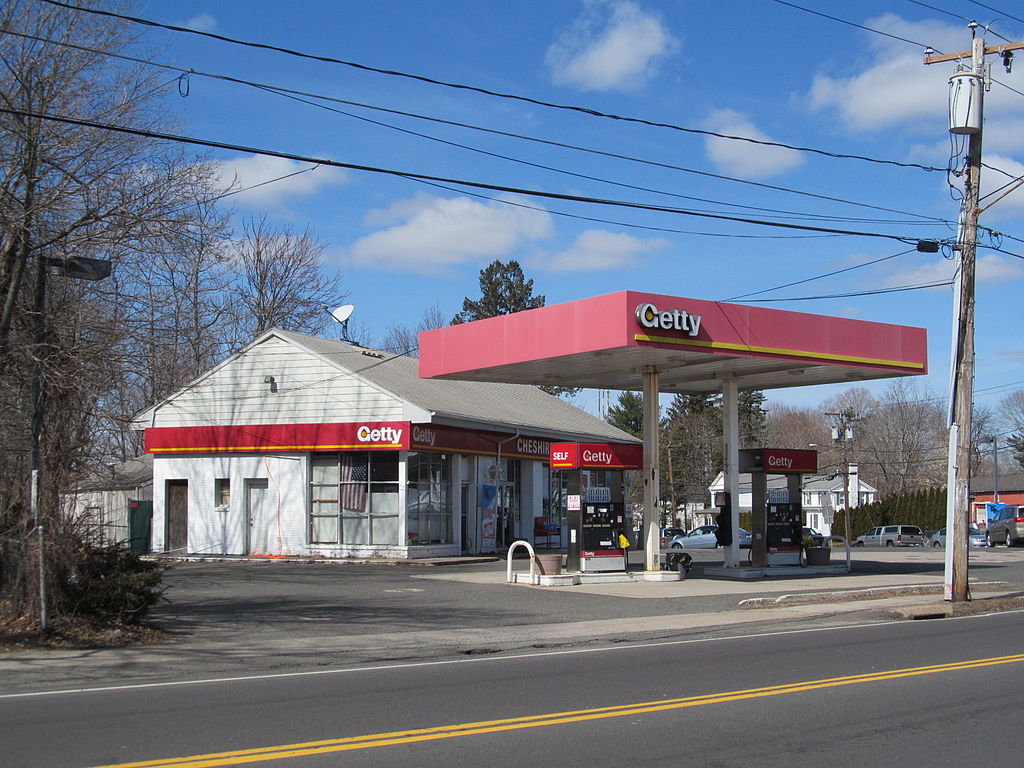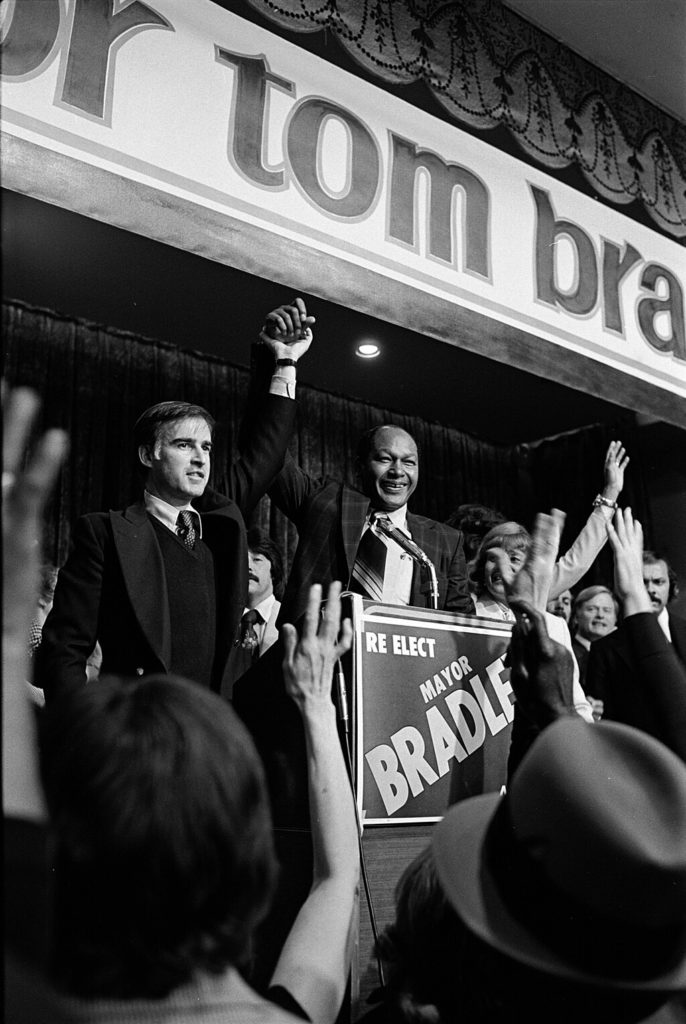Featured image credit: Ericnp
On Sunday, April 21, 2024, news of an intruder infiltrating LA Mayor Karen Bass’s home was plastered across all of the country’s biggest news sites. Though Bass was present during the break-in, she was unharmed, and the perpetrator was apprehended. But the breached home wasn’t technically Karen Bass’s. Rather, it was LA’s civic take on the White House; a home reserved specifically for serving Los Angeles mayors (more or less… we’ll get to that). Since 1977, the city’s mayor has traditionally resided in a gorgeous Tudor-style home in Hancock Park dubbed The Getty House. And, as we’re about to discuss, all traditions need to start somewhere.
Not Just Another Hancock Park Mansion
Famously situated on half an acre of prime Hancock Park real estate at 605 South Irving Boulevard, The Getty House almost looks non-descript surrounded by suburban serenity. The two-story home technically stands in the coveted enclave of Windsor Square, slightly to the east of Hancock Park and about five miles west of City Hall. Yes, even the mayor is subject to the brutal whims of the LA rush hour. You likely wouldn’t notice the Getty House if you weren’t looking for it. It fits right in with the looming, classical mansions and the suburban splendor.
Its beginnings were humble (but not too humble). When Paul and Leta Paulson, immigrants originally from Sweden, decided to leave Iowa for California, they had a grandiose Tudor Revival home in mind. They hired the Milwaukee Building Company’s Phillip W. Holler and Mendel S. Meyer, who were on the cusp of designing the legendary Egyptian and Chinese Theatres.

Together, in 1921, they brought to life a darling Tudor Revival home fit for a mayor, all to the tune of $83,000. That would translate to roughly $1.45 million today, so the Paulsons weren’t exactly roughing it. But they also wouldn’t be even close to landing a majestic Tudor Revival home on half an acre of Hancock Park land today. Those days are long gone.
Who Needs Blood, Sweat, and Tears When You Have Oil?
The Paulsons sold the Getty House to the president of the Rio Grande Oil Company, Leslie Lockhart, in 1928. Lockhart, along with his wife Jeanne, wasted no time in executing the home’s first round of renovations, expanding it to a mansion-worthy 19 rooms. Additionally, they purchased an adjoining lot behind the home so they could add a tennis court.
Blood may be thicker than water, but oil is thicker than both, it seems… at least where mansions are concerned. In 1958, E.D. Buckley of the Getty Oil Company purchased the Tudor property that would become known as the Getty House. The home gained its moniker from George Getty II, the son of renowned oil baron J. Paul Getty, whose name adorns several notable facets of our city.

Initially, the Getty Oil Company wanted to make the property its corporate headquarters. But, while attempting to purchase blocks’ worth of adjacent properties, they discovered that a residential zoning ordinance would block planned construction. Recognizing their loss, they turned around and offered the Getty House to the city at no charge. A single caveat accompanied the gift; it needed to be reserved as the official home of the LA mayor. Oil companies and political donations: a story as old time!
The Getty House: Home of the LA Mayor… Sometimes
While the city accepted the Getty Oil Company’s gift in 1975, the home remained mayor-less until 1977. Mayor Tom Bradley moved into the Hancock Park home at the introduction of his second term, residing in its palatial elegance for 16 years. But the home was always more than a place for the mayors and their families to crash after a hard day at city hall. Just weeks into its life as civic property, the Getty House hosted Prince Charles of Wales during his formal visit to Los Angeles.
Not every LA mayor was as keen to call the Getty House home as Bradley. Mayor Richard Riordan, who occupied the office from 1993 until 2001, chose to remain at his Brentwood estate. However, he recognized the residence’s position in civic pomp and often utilized it for special events. Riordan was followed by Mayor James Hahn who also rejected the idea of moving into the Hancock Park residence. He preferred to live closer to his ex-wife so that they could share custody of their children without disrupting their lives.

Modern Life in the Getty House
Mayor Antonio Villaraigosa revived the tradition of the mayor residing at the Getty House when he and his family took up residence in the home in 2005. At first, he planned on dividing time between the Getty House and his previous residence in Mt. Washington. But within a few months, the Getty House was his permanent home.
This lasted until 2007. Following his separation from his wife, Corina, Mayor Villaraigosa vacated the Getty House, while his wife and children remained in the residence. Perhaps it was awkward since the Getty Oil Company clearly stipulated its intent for the home. But we can also imagine that it all came down to the serving mayor’s prerogative.
In 2013, a sitting LA mayor once again returned to the home; this time Mayor Eric Garcetti and his family. They remained until January 2023 when residence transferred to current Los Angeles Mayor Karen Bass. And it’s there that, on Sunday, April 21, a man broke through a window for reasons that still aren’t quite clear.
Keeping up with the Getty House
While the Lockhart renovation may be the grandest in scale, the Getty House has been the subject of several restoration efforts over the decades. In 1993, a specific organization was created simply to supervise refurbishment projects to the Getty House.
Originally dubbed the Getty House Restoration Foundation, it coordinated sensitive restoration efforts following the 1994 Northridge earthquake. Prior to moving into the property, Mayor Garcetti renovated portions of the home’s upstairs areas to fit his needs. The exterior gardens have even been lovingly returned to the original vision of designer A.E. Hanson.
In 1996, the name of the Getty House Restoration Foundation got a facelift as well. Transitioning to the simpler Getty House Foundation, it also refined its scope. Not only would the organization manage the maintenance of the home. It would educate Angelenos on its history and promote more interactive events with the community.
That being said, the Getty House is still more or less a private residence and certainly not open to the public. While it may not have stopped one man from trying to gain access on April 21, it remains somewhat accessible but legally impenetrable. Unless you have an invitation from the mayor, of course.
With a brand that says as much as JohnHart’s, Senior Copywriter Seth Styles never finds himself at a loss for words. Responsible for maintaining the voice of the company, he spends each day drafting marketing materials, blogs, bios, and agent resources that speak from the company’s collective mind and Hart… errr, heart.
Having spent over a decade in creative roles across a variety of industries, Seth brings with him vast experience in SEO practices, digital marketing, and all manner of professional writing with particular strength in blogging, content creation, and brand building. Gratitude, passion, and sincerity remain core tenets of his unwavering work ethic. The landscape of the industry changes daily, paralleling JohnHart’s efforts to {re}define real estate, but Seth works to maintain the company’s consistent message while offering both agents and clients a new echelon of service.
When not preserving the JohnHart essence in stirring copy, Seth puts his efforts into writing and illustrating an ongoing series entitled The Death of Romance. In addition, he adores spending quality time with his girlfriend and Romeo (his long-haired chihuahua mix), watching ‘70s and ‘80s horror movies, and reading (with a particular penchant for Victorian horror novels and authors Yukio Mishima and Bret Easton Ellis). He also occasionally records music as the vocalist and songwriter for his glam rock band, Peppermint Pumpkin.


